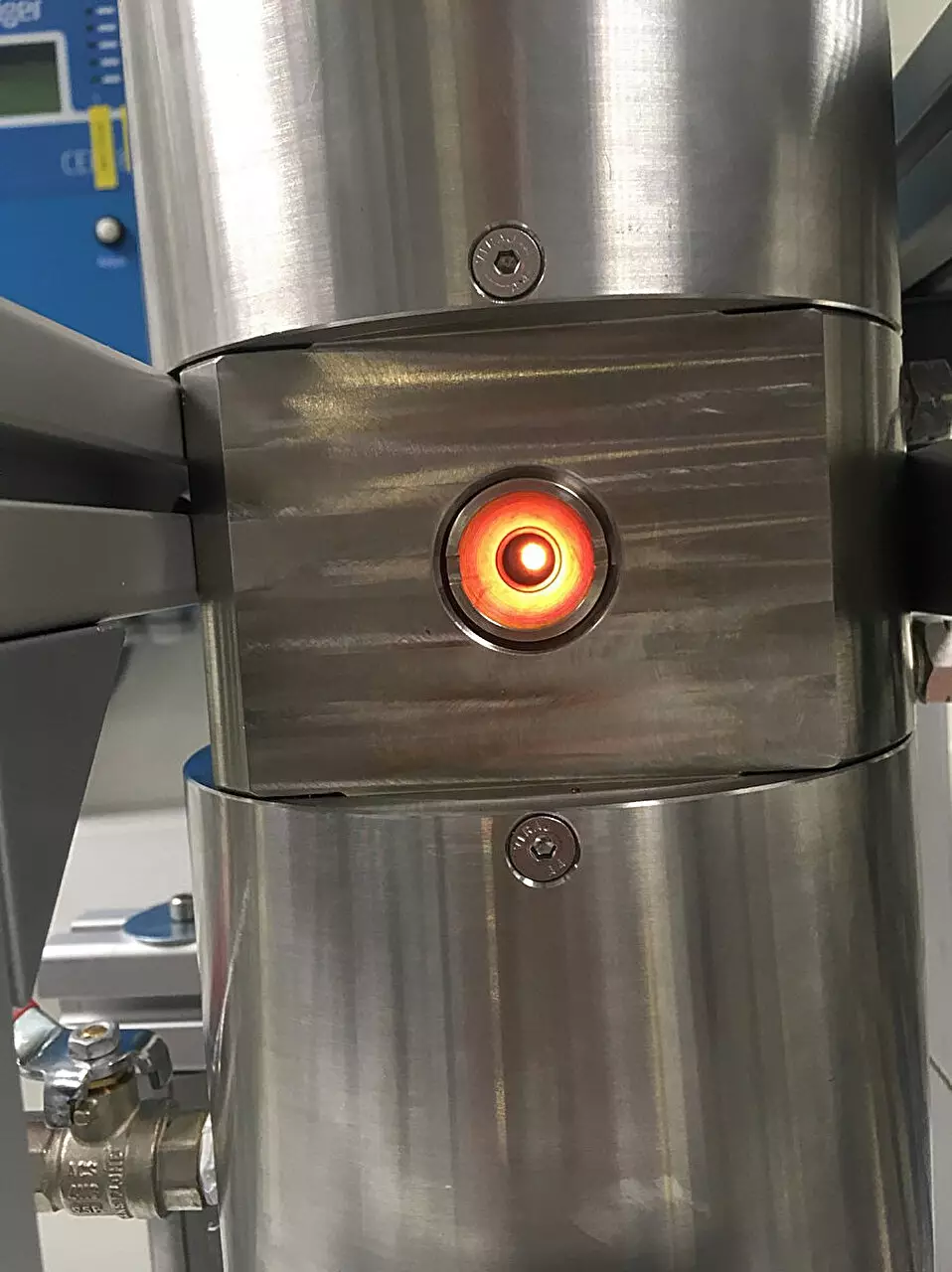In a groundbreaking study, researchers from The University of Manchester have successfully simulated the growth of bubbles in volcanic magma, utilizing an innovative pressure vessel designed to recreate volcanic eruption conditions within a laboratory. Published on August 16 in *Science Advances*, this research marks a significant step forward in understanding the complex processes associated with volcanic eruptions—events that can drastically differ in intensity and outcome.
Volcanic activity is notoriously challenging to study due to its subterranean nature; many eruptions occur deep beneath the Earth’s surface, rendering direct observation nearly impossible. This novel approach enables scientists to visualize how bubbles evolve within basaltic magmas in real-time, unveiling the vesiculation kinetics—the process by which gas bubbles form and grow in magma—as they ascend towards the surface.
Volcanic eruptions display a wide spectrum, from gentle lava flows that quietly emerge from fissures to explosive eruptions that hurl ash and pyroclastic materials high into the atmosphere. These differences in behavior are critical to understanding volcanic hazards. When significant volumes of magma and volcanic gases are expelled, the consequences can be dire—not only inciting local devastation but also triggering global phenomena such as disruptions in air travel and alterations in climatic conditions.
The research highlights that the eruptive style is intrinsically linked to how dissolved gases escape from the magma. This concept can be likened to the varying ways champagne bottles release gas; despite containing the same amount of carbon dioxide, the manner of opening significantly affects the rate at which the gas escapes. In volcanic scenarios, the interplay between gas and magma during ascent determines whether the eruption will be effusive (gentle) or explosive.
Utilizing a robust pressure vessel, the researchers accurately controlled the laboratory conditions to observe how rising bubbles grow and merge under varying pressures and temperatures. This vessel was engineered to withstand the intense pressures resembling those found in the magma plumbing systems, extending upwards to the conduits beneath active volcanoes. Advanced imaging techniques, specifically X-ray synchrotron radiography from the I12-JEEP beamline at Diamond Light Source, allowed scientists to peer through their magma samples, capturing invaluable data about bubble behavior.
Lead author Dr. Barbara Bonechi, a research associate within the Department of Earth and Environmental Sciences, emphasizes that the combination of their unique experimental apparatus and advanced imaging methods provides vital insights into the dynamic relationship between magma and volatiles—a term used to describe gaseous components within the magma. This enhanced understanding paves the way for better predictions of how and when eruptive transitions may occur, thereby aiding in hazard assessments for areas with active volcanic systems.
The findings of this study have far-reaching implications, particularly in the fields of hazard assessment and risk mitigation related to volcanic activity. By offering a clearer picture of how magma behaves as it nears the Earth’s surface, scientists hope to improve the accuracy of eruption forecasts. This is essential for communities residing in proximity to volcanoes, where timely warnings can save lives and minimize economic impacts.
Furthermore, this research sets the stage for future investigations into other types of magmas and volcanic systems, broadening the scope of volcanic studies and enhancing our overall understanding of the Earth’s geological processes. In a world where natural disasters are becoming increasingly unpredictable, insights derived from such innovative studies are invaluable.
The research conducted at The University of Manchester not only provides a fascinating glimpse into the mechanics of volcanic eruptions but also reinforces the importance of scientific innovation in addressing global challenges posed by natural phenomena. As we continue to learn from these simulations, we edge closer to enhanced safety measures and resilience against the unpredictable nature of our planet’s dynamic systems.


Leave a Reply